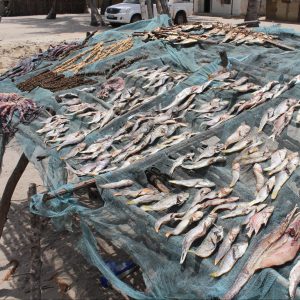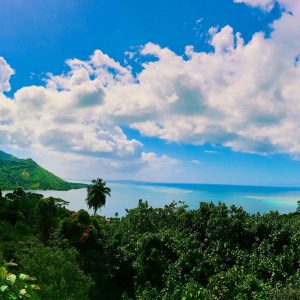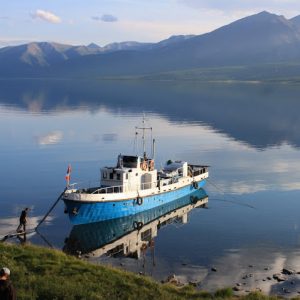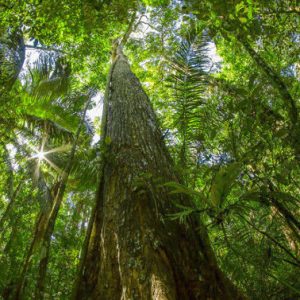 Sustainable fisheries and aquaculture
Sustainable fisheries and aquaculture
Human populations are growing rapidly, generating increased need for new and sustainable food sources. Fisheries and aquaculture present a nutritious and, when well-managed, environmentally low-impact source of food. I am interested in developing innovative tools for sustainably managing fisheries and aquaculture across diverse contexts. Specifically, I develop new tools for data-limited stock assessment and dynamic ocean management.
 Climate change and coastal food systems
Climate change and coastal food systems
Climate change threatens the ability for coastal food systems to support human livelihoods and nutrition. In fisheries, climate change is shifting the distribution and productivity of fisheries, changing where and how much fish can be sustainably caught. In aquaculture, climate change is changing where seafood can be farmed, and exacerbating risks of harmful algal blooms and disease. I am interested in understanding the impacts of climate change on ocean food systems and developing strategies for mitigating these impacts on human society.

Marine protected area effectiveness
Marine protected areas (MPAs) are often used to achieve a mixture of conservation, fisheries, and cultural objectives, but require careful design to be effective. I seek to understand the impacts of MPAs on ecosystems and fisheries and to identify design principles that enhance both conservation and fisheries objectives. How can MPA networks be designed to facilitate conservation, bolster fisheries, enhance climate resilience, and promote human engagement?
 Fish and fishing in Mongolia
Fish and fishing in Mongolia
Mongolia is home to several large lakes and rivers and a unique community of fishes, including some endangered salmonids. Historically, Mongolia’s low population density, land use intensity, and fishing pressure have fostered healthy aquatic ecosystems, but recent anthropogenic stressors present new threats to these systems. My work examines the impacts of illegal fishing, hydropower development, microplastic pollution, and climate change on Mongolian fish populations using a mixture of field survey, interview, and modeling approaches.
 Ecology and management of big-leaf mahogany
Ecology and management of big-leaf mahogany
Big-leaf mahogany (Swietenia macrophylla), the most valuable timber species in the neotropics, has been heavily exploited throughout most of its natural range. In 2002, it became the first commonly traded timber species to be regulated under Appendix II of the Convention on International Trade in Endangered Species (CITES). My research is focused on evaluating existing or proposed harvest regulations for mahogany in natural forests and on recommending procedures for sustainable management.